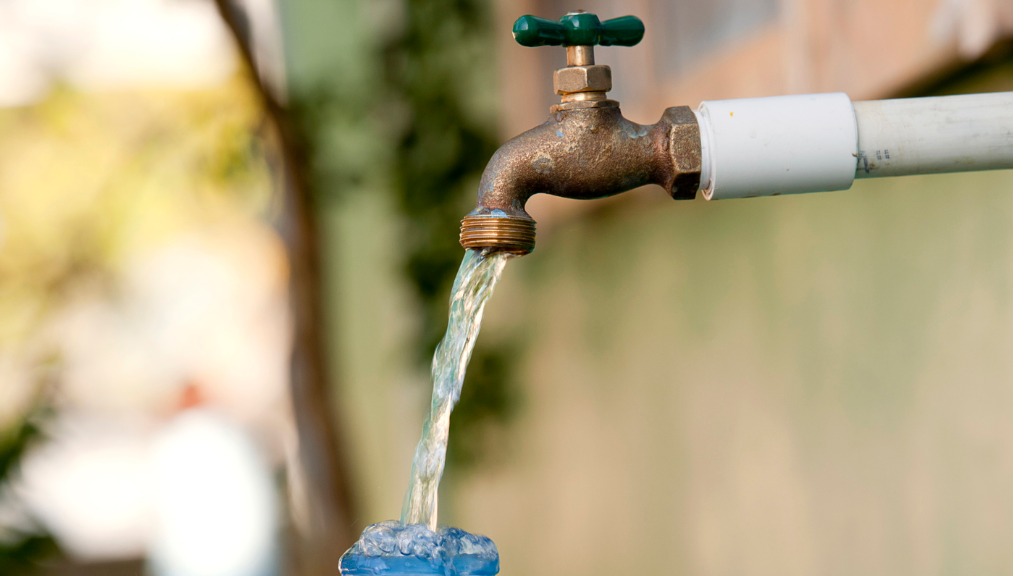In the bustling city of San José, Costa Rica, a wave of anticipation and anxiety ripples through the air. The Costa Rican Institute of Aqueducts and Sewer Systems (AyA) has announced water rationing, set to commence in the first week of February, painting a challenging picture for around 40,000 residents in areas like Desamparados, Alajuelita, and Escazú. However, this is just the tip of the iceberg. As the dry season tightens its grip, up to 400,000 people, a staggering 33% of the metropolis’s water users, might feel the pinch.
Roy González Valverde, an engineer at the helm of AyA’s metropolitan aqueduct operations, points to El Niño’s more severe antics this year, based on quarterly reports from the National Meteorological Institute (IMN). According to the United Nations (UN), El Niño, linked to global temperature rises, is expected to prolong its effects until April this year.
Rafael Angel Prado narrates his almost three-year ordeal without water, reflecting the deepening crisis. González Valverde reveals that AyA is mobilizing a contingency plan, foreseeing the start of rationing as significant reductions in water sources become evident.
The rationing strategy involves controlled supplies, beginning nightly at water treatment plants, to ensure tanks refill by dawn and people have access to water in the morning. The first notice about rationing schedules is expected around January 26 or February 2, tactfully planned to avoid impacting the municipal elections scheduled for February 4.
Desamparados, Alajuelita, and Escazú will be the first hit, with other areas like Goicoechea and Los Sitios in Moravia, potentially joining the list. AyA’s approach to rationing will be informed by an analysis of altitudes and topography, with staggered schedules for different elevations.
González acknowledges the difficulty in providing precise times for water service disruptions and restorations. “It’s impossible, except in a small acueducto serving a hundred houses in a one square kilometer area. But our metropolitan aqueduct spans over 300 square kilometers and has about 200 tanks serving more than 1.2 million people,” he explains.
A Debt in Investment
González’s revelation follows the Defensoría de los Habitantes’ highlighting of complaints about unmet rationing schedules. He emphasizes that AyA can only inform the public about operational maneuvers in the aqueduct infrastructure, not the exact times of service interruptions.
González urges the public to adhere to rationing schedules, as some continue using water even after the designated shutdown hours, complicating tank refills and delaying water supply.
Complaints of recurrent water shortages are common in places like Alajuelita, where districts such as Concepción face near-daily water scarcity, regardless of the season.
In July last year, Aresep’s Water Superintendent Marco Cordero Arce criticized AyA for losing focus and not adequately addressing service needs. This criticism came amid a dispute over Aresep’s proposal to reduce aqueduct tariffs by 10.7%, following alerts about AyA’s high debt levels and lack of information to validate investments over the past six years.
Aresep also warned about the imminent risk to water supply due to AyA’s poor project management, predicting a potential widespread problem by 2040 if current trends continue.
As Costa Rica grapples with this looming crisis, residents brace themselves for a period of uncertainty and adaptation. The country known for its lush rainforests and abundant waterfalls now faces the stark reality of water scarcity, urging a collective call to action for sustainable water management and conservation efforts.


3 comments
[…] Source link […]
[…] Source link […]
[…] Source link […]